Phonics & Reading Professional Development Books
This post may contain affiliate links, and I will earn a commission if you purchase through these links. Please read the disclosure policy for more details.
Summer is the perfect time to brush up on your teaching skills and learn about any new or updated teaching strategies. I’m sharing my top recommendations for professional development books for reading and phonics.
I don’t know if you’re like me, but I love a good book on the latest research and recommendations for educators, especially when it relates to reading and phonics. I know this is not for everyone, but I guess I’m a nerd at heart. Some people prefer videos or courses, but I prefer to learn by reading. So if you’re like me, you’ll love this list!
And of course, all of these books follow the science of reading!
SCIENCE OF READING QUICK START GUIDE
Grab your FREE guide with the 5 tools you need to get started with SOR!
*Most school spam filters block my emails, so please use a personal email.

Uncovering the Logic of English
This book is SO GOOD and really easy to read! I always recommend this to parents since it’s written for everyone, instead of just for teachers. I love how it breaks down every ‘rule’ and shows how logical English actually is. This is very practical for any educator!
Reading in the Brain: The New Science of How We Read
If you’re interested in the latest research about how we learn to read, and a more in-depth look at how the brain works when we read, then this book is for you. The second half of this book gets quite scientific but it’s interesting enough that most people don’t mind. It’s a fascinating book that helped make sense of why certain methods of teaching reading work or don’t work.
Shifting the Balance: 6 Ways to Bring the Science of Reading into the Balanced Literacy Classroom
This is a great book for anyone new to the science of reading. It’s very easy to read and focuses on 6 manageable shifts you can make in the classroom. It explains everything well without going too deep and will help with the obstacles commonly faced when trying to change our instructional practice.
Multisensory Teaching of Basic Language Skills
This is more of a textbook but it’s chock full of resources and examples. Skim it, highlight, take notes, and keep it as a reference because you will definitely refer to this for years to come. Try finding a used version to save some money because it is expensive.
Equipped for Reading Success
This book is very popular and highly recommended for anyone who teaches phonics. It focuses on phonemic awareness and improving instant word recognition, and is a comprehensive program you can implement in just minutes a day. It has everything you need, with all the exercises in a spiral-bound format.
Speech to Print: Language Essentials for Teachers
This is an absolute must-have for all elementary and ELA teachers! It’s dense but easy to read, has lots of exercises and examples, helpful graphics, and updated research. It covers spelling, phonology, print, morphology, syntax, and how meaning is conveyed. This book will have you putting up a sound wall before the new school year starts!
Teaching Word Recognition
If you teach reading then you need this book! It’s pricey so look for a used version. This book gives you step-by-step instructions on how to teach word recognition based on the latest research. It addresses letter-sound pairings, decoding and blending, sight words, multisyllabic words, and fluency. This is another book you’ll keep around for a while.
Unlocking Literacy: Effective Decoding and Spelling Instruction
This is more textbook-like but is also full of practical resources for teaching reading and spelling. It has activities you can use right now, lesson plans, samples, and more references. Definitely take notes, highlight, and mark up this book so you can refer to it for many years.
Phonics and Spelling Through Phoneme-Grapheme Mapping
This is a step-by-step curriculum for k-6 focusing on decoding and spelling that aligns with LETRS science of reading pedagogy. It’s very practical and can be used one-on-one, small group, or even whole group, and doesn’t take up a lot of time. This is where phoneme grapheme mapping came from.
SCIENCE OF READING QUICK START GUIDE
Grab your FREE guide with the 5 tools you need to get started with SOR!
*Most school spam filters block my emails, so please use a personal email.

Now whatever you read, make sure you take notes so you can remember to implement all the awesome things you learned!
Want to remember this? Save Professional Development Books For Teaching Reading & Phonics to your favorite Pinterest board.

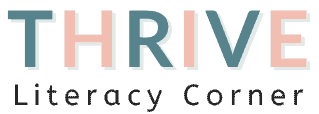

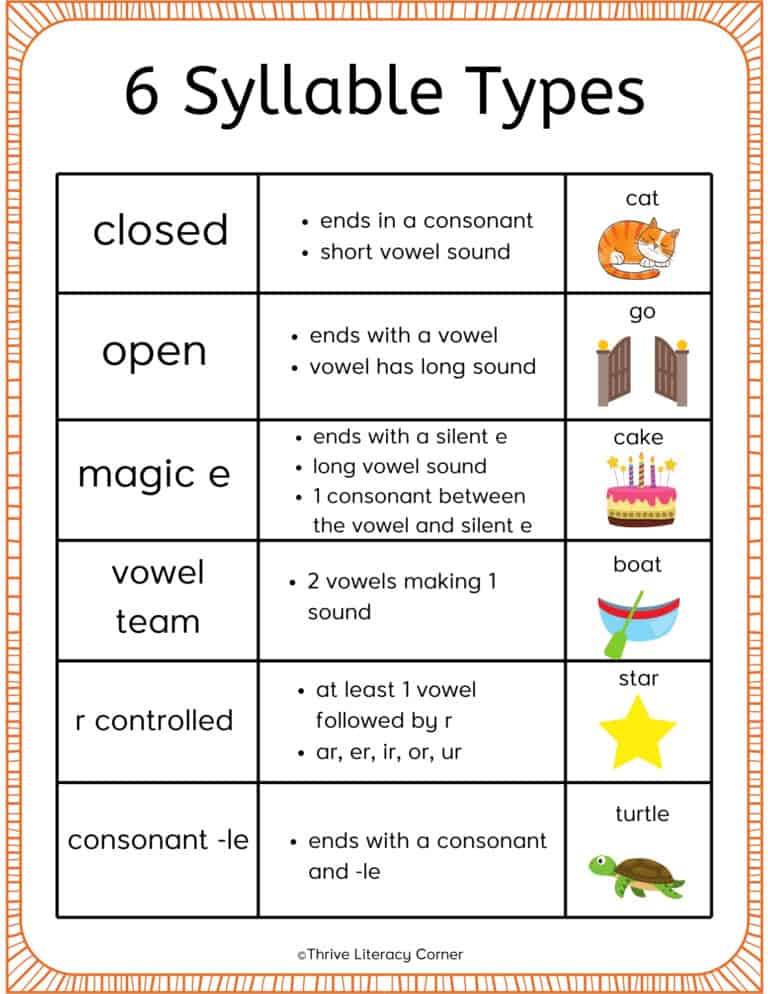
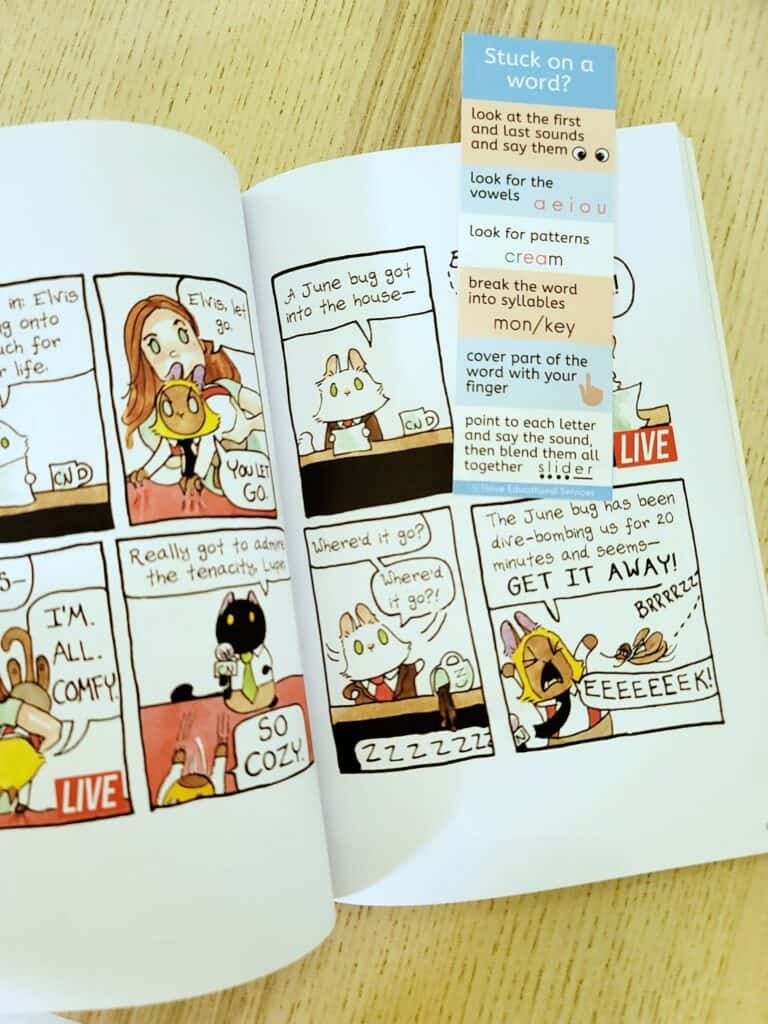
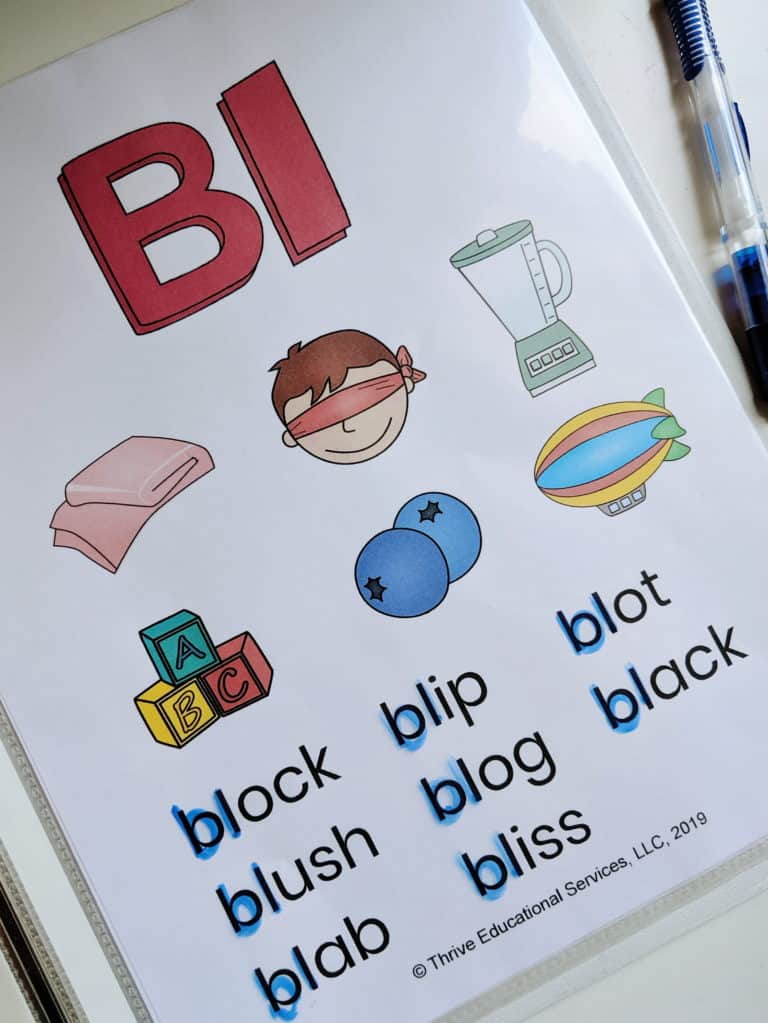
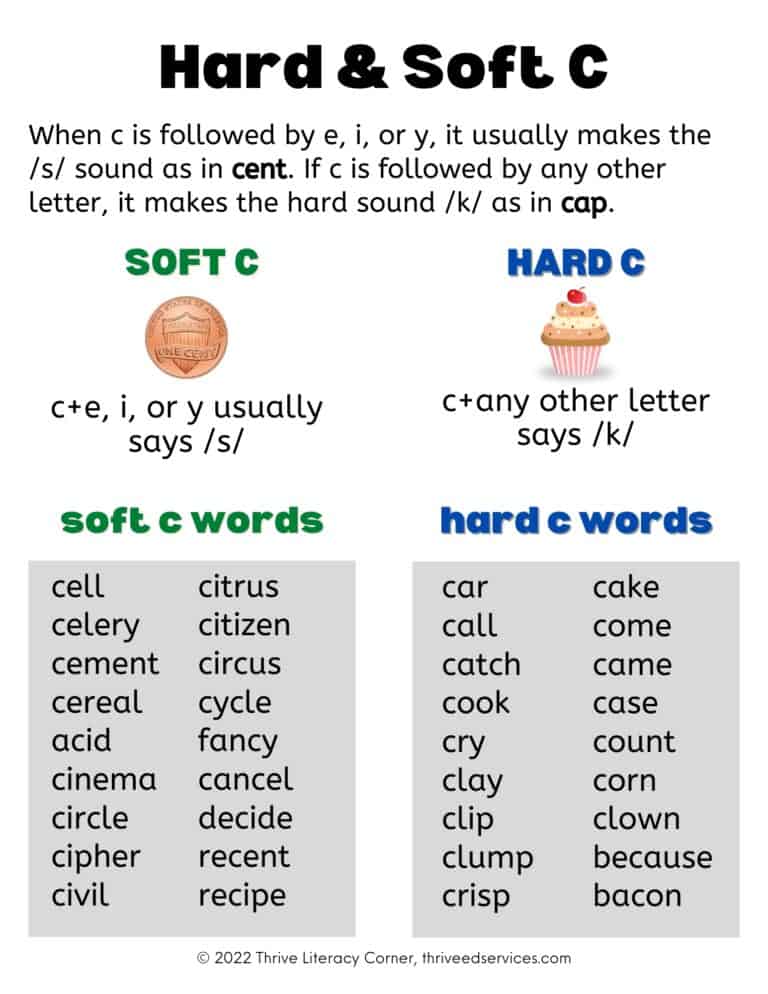


I have found Elkonin boxes excellent for blending and I am now wanting to use for teaching syllables. I would appreciate several strategies for young struggling readers. Thanks
Thanks! I have lots of new content planned so stay tuned.
My child will be entering 2nd grade in the fall.I have done my best to teach him to read using the science of reading, but this has been while learning what the science of reading is and how to do this in a home setting. I’ve found many resources for teachers, but just need something that provides a systematic type routine that gives exact instructions for how to teach the spellings for the many sounds. I understand it, but don’t know how to organize the information I have so I can transfer it into bite sized pieces that are appropriate for my son.
I struggle with organizational tasks. For example everything is organized in bins in my home, but information in my head is cluttered, but is definite there, but retrieving it and laying it out in a way that would provide the systematic and sequential instruction is hard for me. The positive is I’m solid on the alphabetic principal and that is aced. So now I’m needing something that allows me to put all of that knowledge to good use and in a way that clearly allows my son to make connections that allow him to know when to use a certain spelling and so on.
We have used the CKLA and it is amazing as well as reading horizons which he is using as the computer based program. We need something that puts it all together with spellings. His virtual instruction were spelling list and that was it and the patterns were all over the place. This only confused him.
If you are able to possibly provide me with what you believe would be best, please do. I’m not sure which book within your list would be helpful and am hoping you can make a recommendation based on the above information. Also, if you have something which you’ve created and is in your shop that you believe would be helpful, I’d love to hear the specific items? I just need guidance in where to start instead of jumping all over the place with no clear path.
This is the best resource I’ve found. Your information is clear and concise and based on teachings that are supported by what the science of reading has shown to be effective for all children, not just a percent.
Thank you so much Kelly! I don’t have anything like that but I recommend you look into The Logic of English and All About Spelling to see if they offer what you’re looking for.